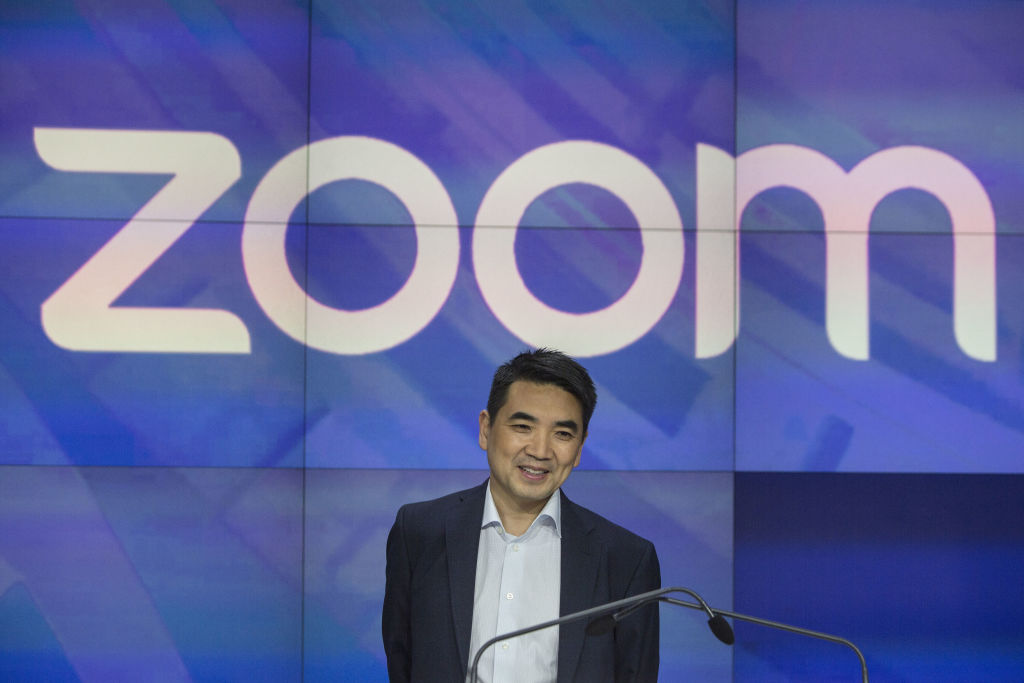Is AI a Bubble? Hassan Taher Examines Whether AI Valuations Mirror the Dot-Com Era

The conversation around artificial intelligence has reached a fever pitch. Companies developing AI technologies have attracted extraordinary investor attention, with valuations climbing to levels that prompt questions about sustainability. Hassan Taher, a Los Angeles-based AI consultant and author, has been analyzing whether the current enthusiasm around AI reflects genuine economic fundamentals or something more speculative.
Since ChatGPT’s public debut in late 2022, AI has dominated business headlines and boardroom discussions. Nvidia, a chipmaker central to AI infrastructure, has seen its stock boom at near-exponential rates since 2020. This appreciation has occurred alongside significant capital deployment into data centers, specialized processors, and related infrastructure. The scale of investment raises a question that Taher considers essential: are these valuations justified by underlying business performance, or do they represent speculative excess similar to the telecom and internet bubble that collapsed in the early 2000s?
Taher’s analysis draws on his background advising organizations on AI implementation and his broader work examining technology’s economic implications. His approach emphasizes distinguishing between technological promise and financial reality—a distinction that becomes particularly relevant when evaluating market behavior.
Defining Speculative Excess
A speculative bubble occurs when asset prices rise rapidly beyond what underlying fundamentals can support. Prices become detached from realistic earnings potential, driven by investor enthusiasm rather than demonstrable value creation. These episodes typically follow a pattern: an innovation triggers initial excitement, which escalates into widespread enthusiasm, causing valuations to inflate until they eventually correct.
The telecom bubble of the late 1990s provides a reference point. Between 1996 and March 2000, telecom stocks experienced average price increases exceeding fivefold growth, according to research analyzing that period. The collapse that followed resulted in significant economic disruption and investor losses.
Taher notes that bubbles are notoriously difficult to identify while they’re occurring. Retrospective analysis reveals patterns that weren’t obvious to participants at the time. The challenge lies in separating legitimate growth from speculative excess before prices adjust.
Historical Context: The Telecom Precedent
The late 1990s saw enormous capital flow into telecommunications infrastructure. Fiber optic networks were installed across continents, based on projections of internet usage that hadn’t yet materialized. Companies raised billions through public markets, often with minimal revenue and negative cash flow.
Several factors contributed to that episode. Financial analysts provided optimistic earnings forecasts, with average target prices for telecom stocks increasing rapidly during the boom years, research from that period indicates. Investors exhibited herd behavior, purchasing stocks because others were doing so rather than based on independent analysis. Overconfidence in understanding new technologies led to inflated expectations about returns.
The infrastructure built during that period eventually proved useful—the internet did transform commerce and communication. However, the pace of infrastructure deployment far exceeded near-term demand, creating overcapacity. Many companies that attracted investment during the boom failed or were acquired at fractions of their peak valuations.
Taher observes that technological revolutions often follow this pattern. Infrastructure gets built ahead of demand, creating temporary misallocations of capital even when the underlying technology proves transformative.
Five Indicators Worth Examining
Taher’s framework for evaluating the current AI investment environment considers multiple dimensions:
Investor Psychology and Media Coverage
Fear of missing potential gains drives investment decisions during periods of technological excitement. Investors worry that staying on the sidelines means forfeiting returns that others are capturing. Media coverage amplifies this dynamic by emphasizing breakthrough announcements and impressive demonstrations of new capabilities.
AI currently dominates technology news cycles. Companies announce AI initiatives regularly, often seeing immediate stock price responses. The enthusiasm mirrors the late 1990s, when internet-related announcements triggered similar reactions.
Infrastructure Capital Expenditure
Data centers, specialized processors, cooling systems, and power infrastructure represent the physical foundation for AI applications. Capital expenditure on these items has increased substantially. Major technology companies have announced multi-billion dollar investments in AI-related infrastructure.
This pattern resembles previous infrastructure buildouts—railroads in the 19th century, fiber optic networks in the 1990s. In each case, infrastructure was deployed in anticipation of demand that hadn’t yet fully materialized. The question becomes whether usage will grow quickly enough to justify the investment.
Financial Metrics and Profitability
Price-to-earnings ratios for AI-focused companies often reflect expectations of significant future growth. High valuations make sense when companies demonstrate clear paths to profitability. They become concerning when they’re based primarily on potential rather than demonstrated results.
OpenAI reported approximately $4 billion in revenue during 2024 while incurring roughly $9 billion in operational costs, according to reporting on the company’s financials. This represents a substantial gap between income and expenses, sustained by investor capital rather than operating cash flow.
Several companies developing large language models and related technologies operate with similar economics—significant expenses offset by investor funding rather than revenue. Whether these investments translate into sustainable businesses remains unclear.
Macroeconomic Conditions
Interest rate environments influence investment behavior. Low rates make borrowing inexpensive and reduce returns available from conservative investments like bonds, pushing capital toward riskier assets. The period from 2020 through mid-2023 saw negative real interest rates—meaning borrowing costs were below inflation—which encouraged spending over saving.
More recently, rates have increased. Higher rates typically reduce speculative investment by making conservative alternatives more attractive. The fact that AI investments have continued despite this shift suggests that technological factors, rather than purely financial ones, are driving capital allocation.
Employment and Automation Concerns
Economic transitions often involve employment disruption. Previous technological shifts displaced workers in manufacturing and administrative roles. AI’s potential to automate cognitive tasks—analysis, writing, coding, legal research—affects occupations that previously seemed insulated from automation.
Research suggests that AI could affect a substantial portion of white-collar employment, with estimates ranging widely depending on methodology and assumptions. The actual impact depends on how quickly AI capabilities improve, how organizations choose to deploy the technology, and how workers adapt.
Taher emphasizes that employment effects represent genuine concerns distinct from valuation questions. Technologies can be economically significant while simultaneously creating difficult transition challenges.
Distinguishing Sustainable Growth from Temporary Excess
Bubbles can only be definitively identified after prices correct. Participants rarely recognize them in real time because distinguishing justified enthusiasm from speculative excess requires information that becomes clear only retrospectively.
Several characteristics of the current AI investment environment warrant attention. Valuations for many AI-focused companies exceed levels justified by current earnings. Infrastructure deployment is occurring ahead of demonstrated demand. Investor behavior shows signs of enthusiasm-driven rather than analysis-driven decision-making.
At the same time, AI technology represents genuine capability improvements. Language models can perform tasks that were previously impossible or prohibitively expensive. Organizations are finding practical applications in customer service, content generation, data analysis, and software development.
The distinction between a boom and a bubble often comes down to timing. In a boom, underlying productivity gains eventually justify initial optimism. In a bubble, prices correct before fundamentals improve sufficiently. The internet bubble of the late 1990s was followed by the internet becoming central to commerce and communication—the timing was wrong, but the directional prediction was correct.
Taher suggests that some consolidation seems likely. Not every company currently attracting investment will survive. Valuations will adjust as clearer information emerges about which applications generate sustainable revenue and which represent experimentation.
The technology itself appears consequential enough to persist through valuation corrections. Organizations that focus on solving specific problems rather than capitalizing on enthusiasm, and that build sustainable business models rather than relying on continued investor optimism, are more likely to create durable value. Whether current prices reflect that reality or will require adjustment remains an open question that only time will definitively answer.
The post Is AI a Bubble? Hassan Taher Examines Whether AI Valuations Mirror the Dot-Com Era appeared first on Entrepreneurship Life.
















































